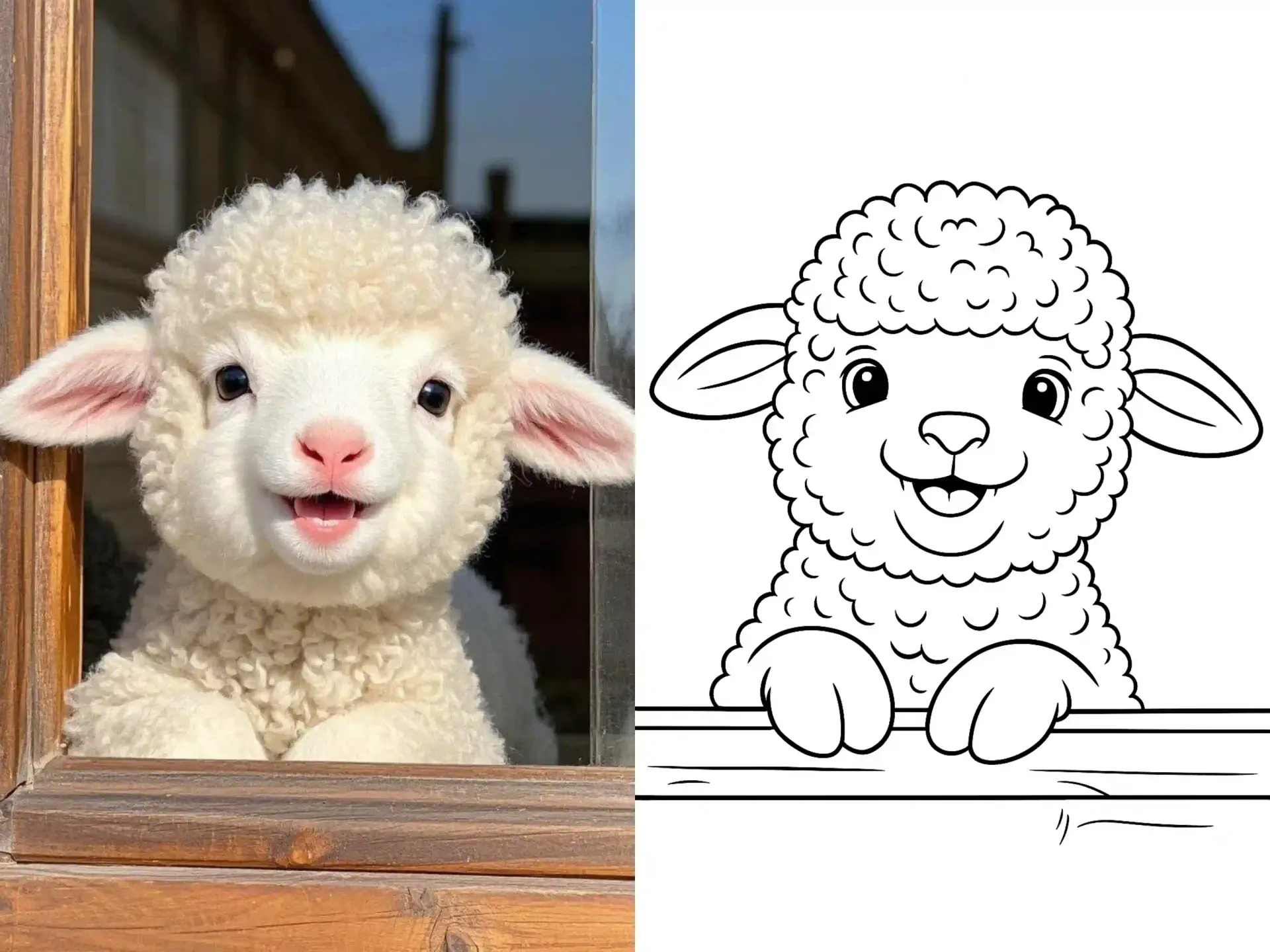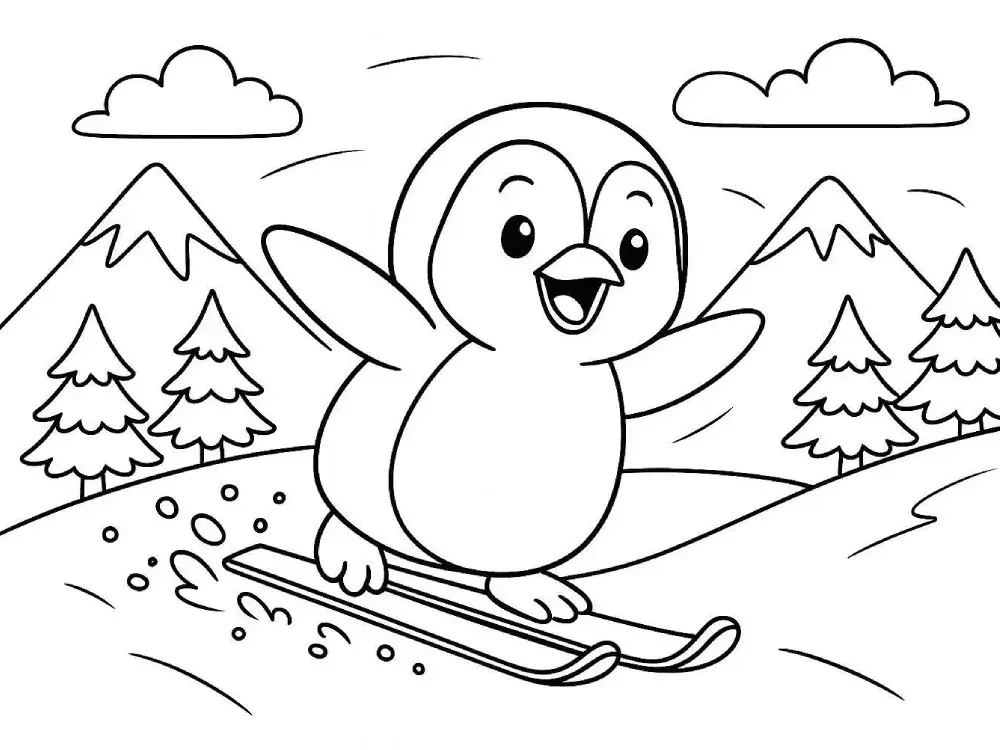What are the benefits of coloring Baby Triceratops Sitting Coloring Page?
Coloring this adorable 'Baby Triceratops sitting' page offers children a delightful way to develop essential skills. The intricate details of the triceratops’ frill and horns encourage fine motor development and focus. As kids choose colors for the baby dinosaur’s unique features, they exercise creativity and learn about prehistoric creatures. The friendly expression on the triceratops can inspire storytelling, fostering imagination and narrative skills. This Coloring Pages also provides a calming activity, helping children relax while enhancing their hand-eye coordination. It’s a wonderful opportunity to blend fun with learning about dinosaurs.
How difficult is it to color Baby Triceratops Sitting Coloring Page, and what tips can help?
1. The small horns on the baby triceratops require careful coloring to avoid going outside the lines.
2. The detailed frill around the head may be tricky to color evenly.
3. The tiny claws on its feet are small and need extra precision.
4. Creating a natural look for the dinosaur’s body might challenge younger children.
5. Adding shadows or highlights to the triceratops for a realistic touch could be complex.
What are the best color suggestions for Baby Triceratops Sitting Coloring Page?
Bring this adorable baby triceratops to life with light brown or gray for its body to give it an earthy, prehistoric feel. The frill around its head can be colored in shades of green or orange for a fun twist. Don’t forget to use a different shade for the small horns on its head—perhaps white or beige! For its big, friendly eyes, black or dark brown would work well. To make the background pop, you can add grass in greens and a bright blue sky. Let your imagination run wild—what if this baby dinosaur has a colorful, patterned frill or even rainbow spots? Feel free to add your creative touch!






